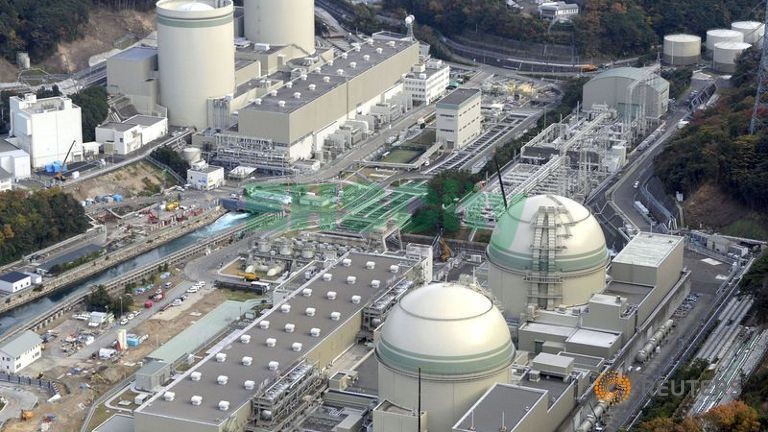
Business hub company BizDojo has applied its health and safety approach to shared work spaces in Auckland and Wellington.
Mention of health and safety usually conjures up images of construction workers, scaffolding and bright yellow "caution" signs.
But for the many workers nowhere near construction sites, the new health and safety legislation, effective from April 4, is just as relevant.
The GridAKL is a shared technology and innovation office precinct in the 90-year-old Lysaght building on Auckland's waterfront which has has spent the past year preparing for the new law.
Managed by business hub company BizDojo, GridAKL has been working with Auckland Tourism, Events and Economic Development to ensure a safe working environment for the more than 100 people that make up the businesses, startups and freelancers occupying the space.
READ MORE:
*Marlborough principals prepare for new Health and Safety at Work Act
*Preparation for new health and safety law vital for directors
*Contracting no longer a 'tick box exercise' under health and safety reforms
BizDojo general manager Tracy Moyes says the process has required a mentality shift among workers from seeing health and safety as "just a process and a burden" to something that benefits everyone.
"We're all constantly looking out for hazards, it's just second nature now. We genuinely care and don't want people to be injured. Everyone understands that."
Moyes says it is all about being prepared and making sure everyone, from the most junior person through to directors, is conscious of issues, hazards and incidents.
It is also about mitigating hazards and risks so that incidents that have occurred do not happen again.
There will be no excuses once the new legislation comes into effect and the law will apply to all workers, blue or white collar, equally, regardless of the industry.
The 2010 Pike River Mine disaster, which killed 29 men, was the catalyst for the health and safety law overhaul.
Duncan Cotterill employment and health and safety specialist Kirsty McDonald says the changes to the law apply to everyone, although there may be a significant focus on some higher risk industries because of the greater safety concerns.
Some typical hazards in white collar workplaces could include occupational overuse syndrome, falling, eye strain, items falling from shelves, kitchen appliances, personal security and damage to the building due to earthquake, fire or otherwise, McDonald says.
Mental health hazards like stress, fatigue and bullying should also be on employers' radars, although all industries had the potential to be exposed to those hazards.
The onus on employers to monitor health and safety of workers and workplace conditions is far broader than the current law, which only requires employers to monitor workers' exposure to a significant hazard.
To comply, McDonald says an employer must identify what hazards or risks exist in their workplace, figure out what could occur and the likelihood of it, the degree of harm that could result and how to eliminate or minimise the risks.
"A key part to this process is engaging the workforce – this isn't optional – it's mandatory in a wide range of circumstances."
Failure to comply can result in prosecution and fines but also an employee could pursue a personal grievance if they claim they are suffering workplace stress or bullying, she says.

